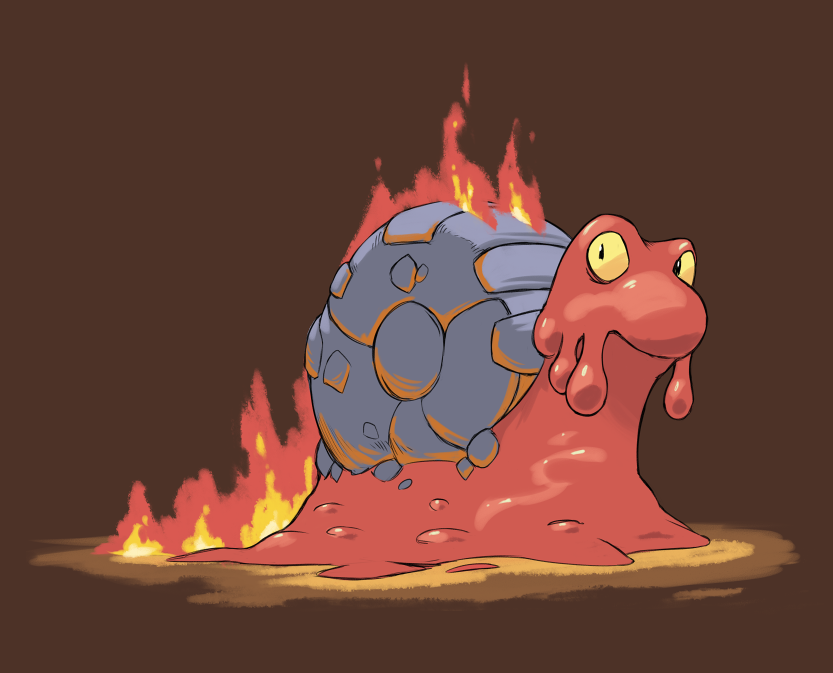

The main groups of mollusks, however, are just three: Gastropoda, or gastropods, which include snails and slugs Cephalopoda, or cephalopods, which include squids and octopuses and Bivalvia, or bivalves, which include mussels and clams.Ĭurious creatures that they are, mollusks make nice “monsters” and are constantly being featured in video games (Cavallari, 2015 Salvador & Cunha, 2016 Salvador, 2017). Mollusks go from tiny snails less than a millimeter long to giant squids, almost 20 meters long and the largest known invertebrates. And there were other forms yet, which are now extinct: ammonoids, belemnites and rudists. They are also a very unique group in terms of body shapes (morphology), including extremely disparate forms: snails, slugs, clams, mussels, squids, octopuses, nautiluses, chitons, tusk shells, and the odd worm-like aplacophorans. Mollusks can be found in almost all sorts of habitats: land, freshwater and marine, including the deep sea and hot vents. As such, mollusks have long been considered the second most diverse group of animals – the first place belongs to arthropods. We do not yet know the precise number of species, since many are still unknown and being described every year. There are even some older fossils that could be mollusks, although their identity is still hotly debated among scientists. The phylum Mollusca appeared during the Cambrian Period, over 500 million years ago, alongside most other animal groups (including the Chordata, the group we belong to). ² Faculdade de Filosofia, Ciências e Letras de Ribeirão Preto, Universidade de São Paulo, Brazil.Įmails: (at) gmail (dot) com, dccavallari (at) gmail (dot) com ¹ Museum of New Zealand Te Papa Tongarewa, New Zealand.


 0 kommentar(er)
0 kommentar(er)
